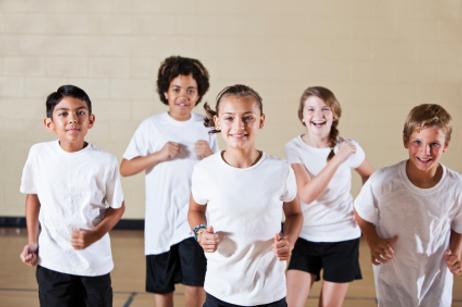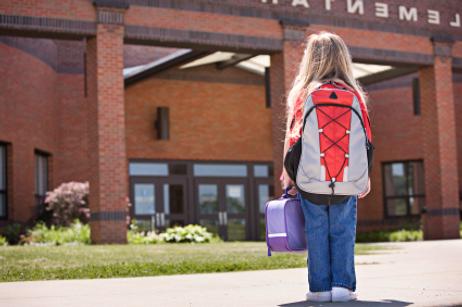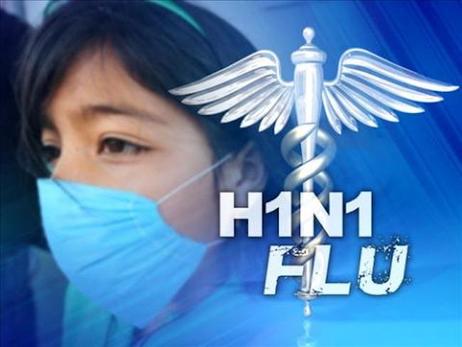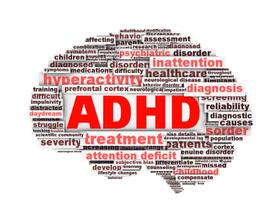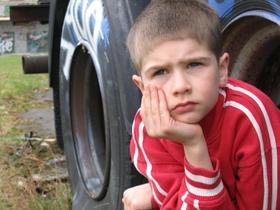As we enter into the height of the flu season, the spread of the H1N1 virus has already closed down many public schools across the country. Although schools are preparing against campus outbreaks, will your child’s school take the necessary precautions to shut down the campus?
According to MSNBC, the Brookings Center on Social and Economic Dynamics estimates that closing down schools and daycares for an average of four weeks could ultimately cost between $10 billion and $47 billion. Shutting down campuses results in a loss of productivity and financial resources, while the schools simultaneously incur cleaning and reopening costs. Because closings can result in such severe costs, “The government is urging schools to close only as a last resort, such as when large numbers of kids or staffers come down with swine flu.”
While officials are hoping that schools can avoid the costly and dreaded inconveniences of school-wide closings, reality may not align with their ideals. According to reports, approximately 200 schools closed before early October 2009, which affected an estimated 80,000 students.
This video offers professional insight into the H1N1 influenza outbreak.
When a School Decides to Shut its Doors
What level of an outbreak will prompt a public school to shut its doors? While each school’s leaders may utilize a different set of criteria, it appears that most public schools will close the campus once 30% of their students have influenza


